Great Barrier Reef, Australia —(Map)
This article is the first in a series about different ways scientists are trying to protect coral reefs.
There’s new hope for corals in areas of the Great Barrier Reef damaged by warmer waters caused by climate change. Experts are using robots and clever methods to deliver millions of new baby corals.
Though underwater corals may look like plants or rocks, they are actually made out of millions of tiny animals. Each coral is a polyp. The polyps form “colonies”, and the colonies build coral reefs.
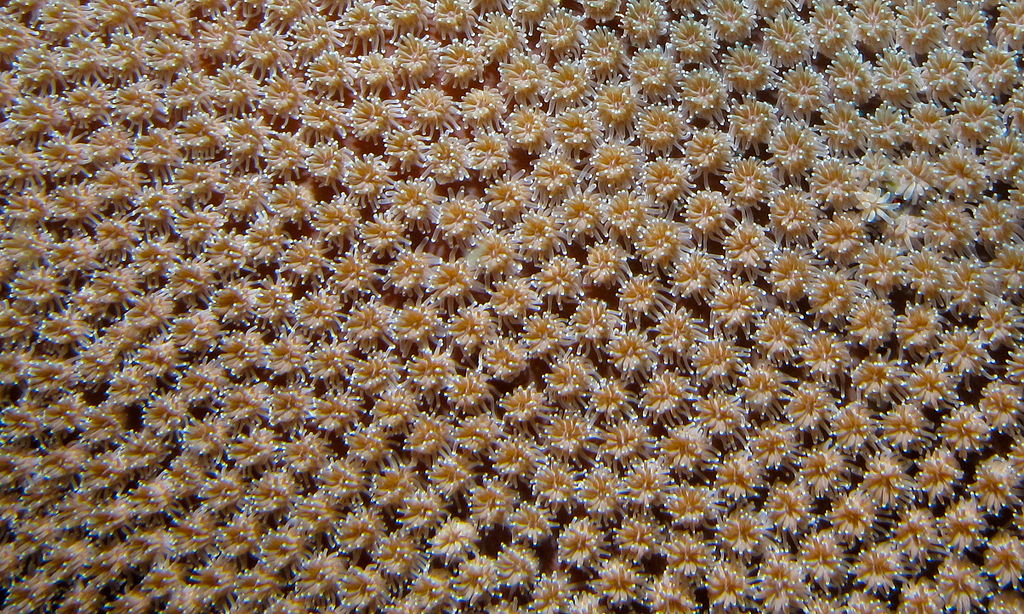
(Source: Bernard Dupont [CC BY-SA 2.0], via Wikimedia Commons.)
In recent years, coral reefs around the world have been damaged by rising ocean temperatures caused by global heating. This is often called “coral bleaching” because huge areas of corals can turn white as they die.
Scientists in Australia are working on a new way of restoring damaged reefs. Their system uses underwater robots and robotic boats to deliver millions of tough coral babies onto damaged reefs.
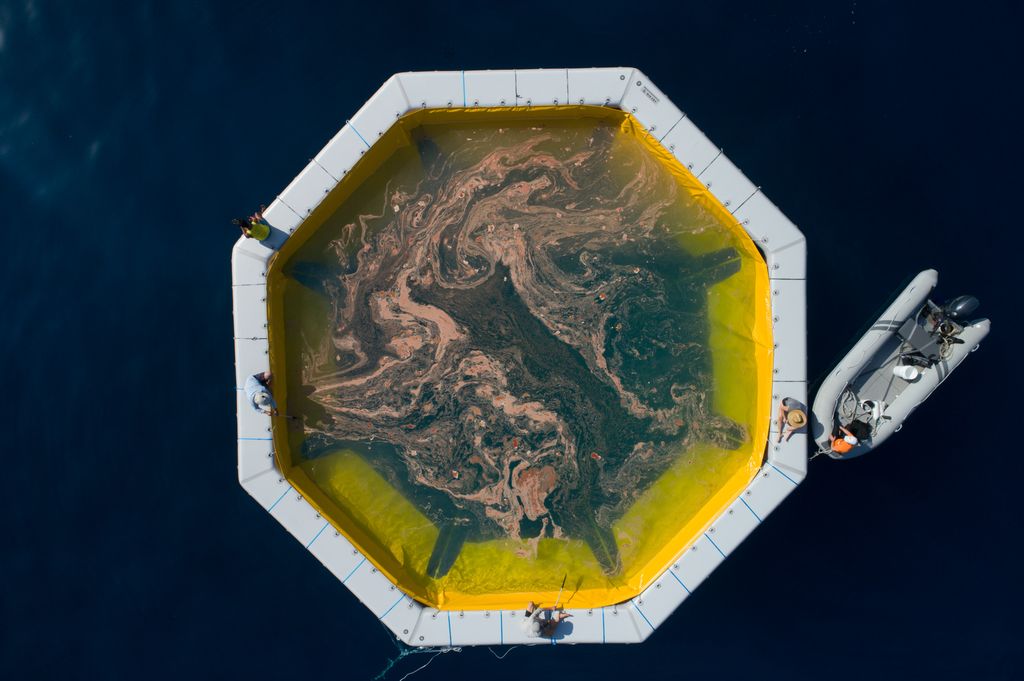
(Source: Juergen Freund Visuals, via QUT.)
Corals reproduce (make baby corals) by releasing eggs and sperm into the water. Eggs and sperm combine to become baby corals, called “larvae”. Normally, some larvae would settle back on the coral reef and grow there, while others would be washed to other areas to start new coral colonies.
Professor Peter Harrison of Southern Cross University came up with an idea to help restore damaged coral reefs. His idea was to collect eggs and sperm from healthy corals that have survived in higher temperatures. The coral larvae they produce can then be spread over damaged reefs, allowing them to regrow.
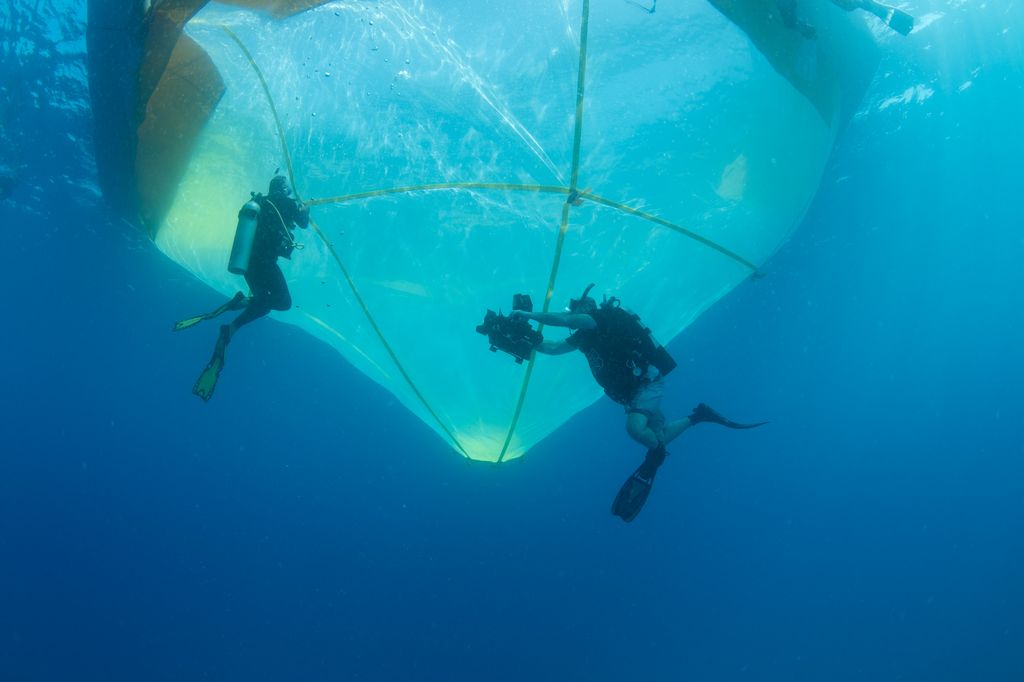
(Source: Juergen Freund Visuals, via QUT.)
The coral babies need about seven days to develop before they can be spread onto damaged reefs, so Professor Harrison created floating “nurseries”. These nurseries keep the coral larvae safe, and prevent them from being washed away.
The problem of how to get all these coral babies onto the damaged reefs is where robotics expert Matthew Dunbabin comes in. Professor Dunbabin works at Queensland University of Technology. In 2015, he designed an underwater robot called “RangerBot”. RangerBot can track down and kill a certain kind of sea star that is damaging coral reefs.
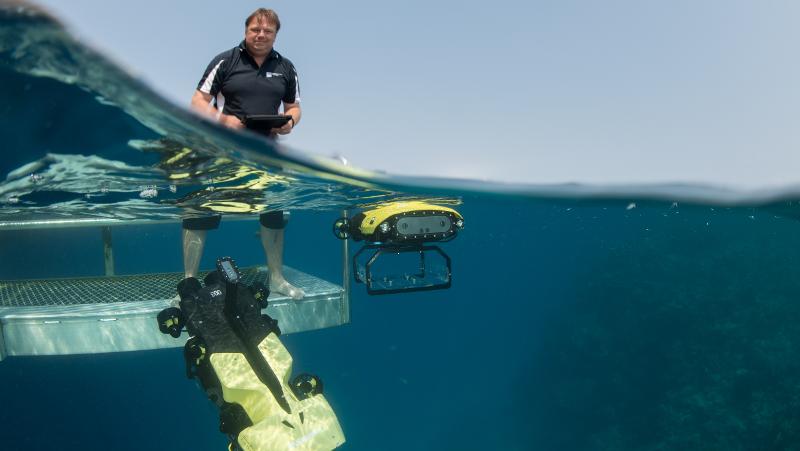
(Source: QUT.)
Last year, Professor Dunbabin changed his RangerBot design to come up with something he called “LarvalBot”. LarvalBot can deliver coral babies directly onto the areas where they are most needed.
Using LarvalBot, last year the scientists delivered coral babies onto 600 square yards (500 square meters) of damaged corals.
This year, Professor Dunbabin has improved LarvalBot so that it can cover an area six times that size in just six hours. He’s also created “LarvalBoat” – a robotic boat that can deliver more coral babies farther and faster than even the new, improved LarvalBot.
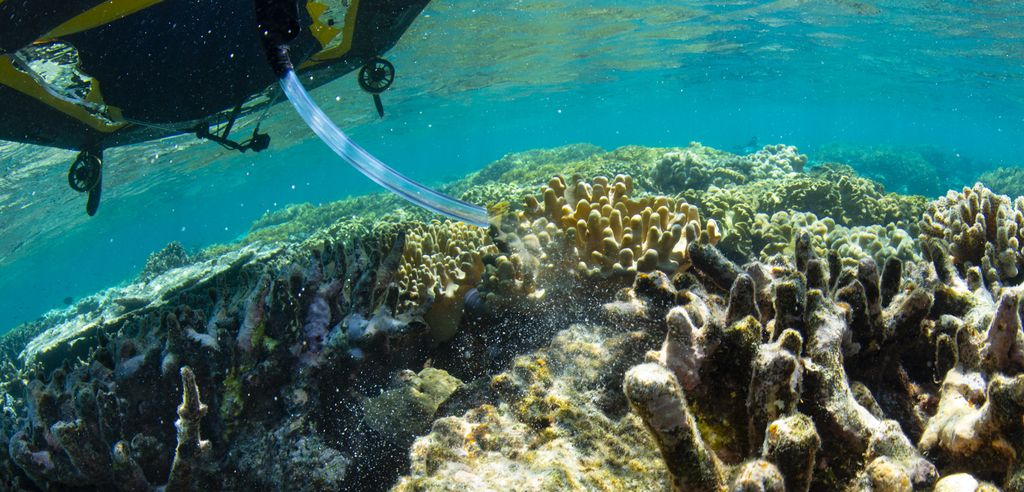
(Source: Great Barrier Reef Foundation, via QUT.)
Using bigger nurseries, two LarvalBots, and one LarvalBoat, the team has collected and delivered millions of coral larvae to a far larger area of the threatened Great Barrier Reef.
The coral babies have already settled and started to grow. If all goes well, in about three years these corals will release their own eggs and sperm, and begin to reproduce naturally.
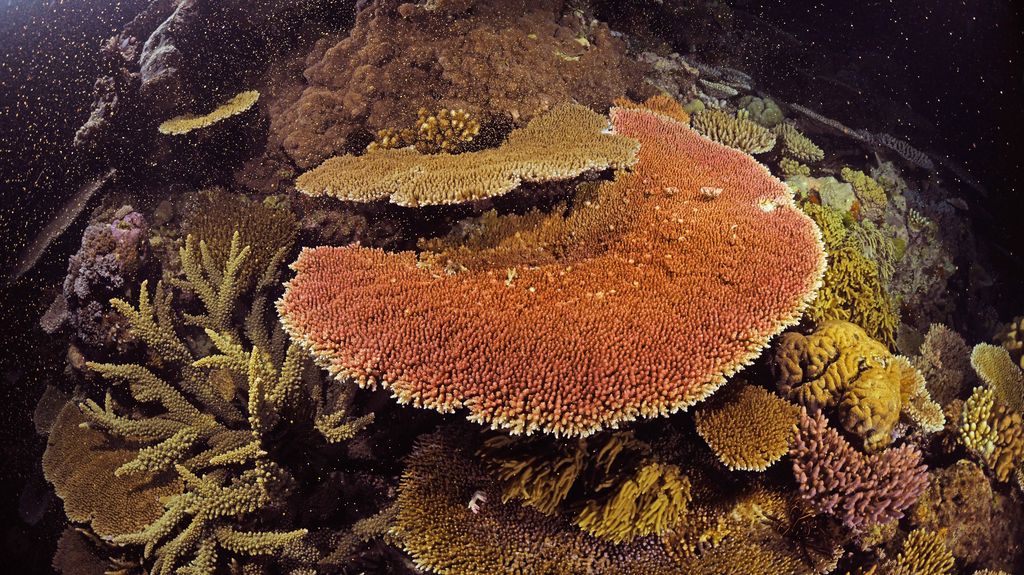
(Source: Peter Harrison, via QUT.)
But Professor Harrison says that trying to restore coral reefs in this way is not enough to keep them safe. He says, “Urgent action on climate change is required” to make sure they survive.
😕
This map has not been loaded because of your cookie choices. To view the content, you can accept 'Non-necessary' cookies.
